Plus-Energy construction – advantages and applications compared to traditional, passive, and net-zero buildings
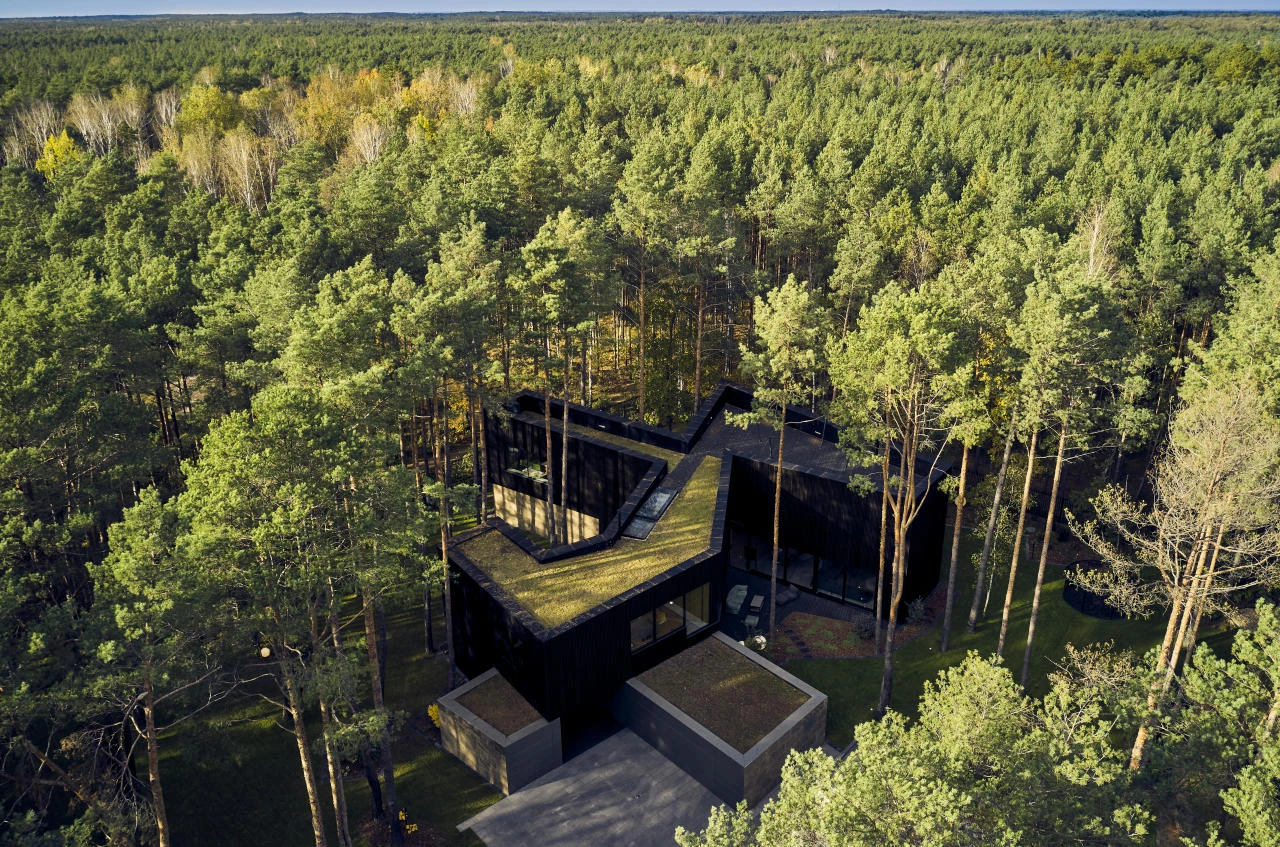
Wind House, Izabelin, Poland. Used systems: MB-SR50N, MB-77HS. Architects: Przemek Olczyk
Plus-energy construction is a concept gaining increasing popularity worldwide. Just like passive and net-zero energy buildings, plus-energy buildings are energy-efficient and environmentally friendly. Their trump card lies in the fact that they produce more energy than they consume, allowing the surplus to be fed back into the power grid.
The surplus energy generated by a plus-energy building can be stored in the home's energy storage system or directed to the external power grid, to be retrieved when there is a demand. Plus-energy construction utilizes renewable energy sources including:
- Photovoltaic panels,
- Wind turbines,
- Heat pumps,
- Solar collectors.
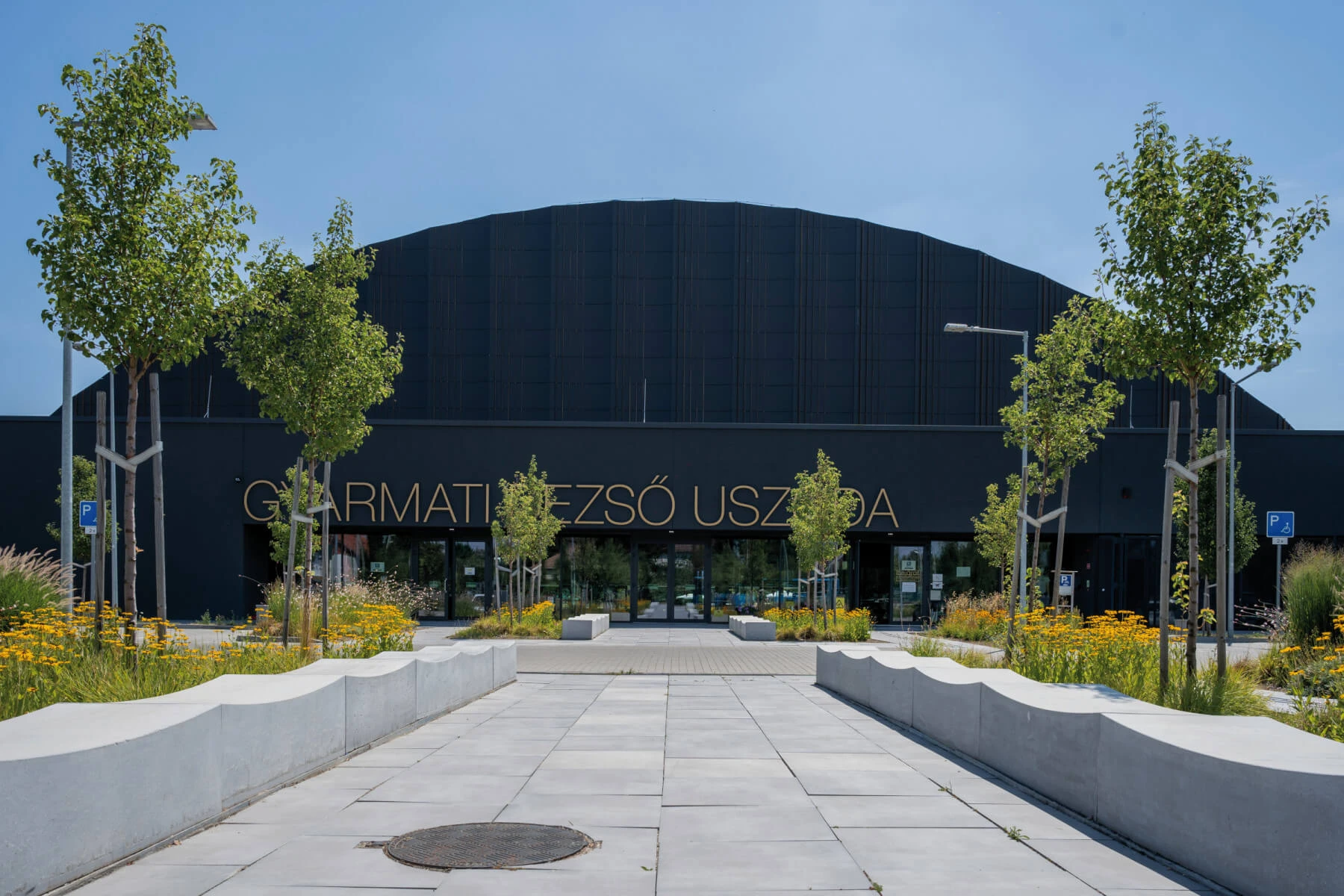
Gyarmati Dezső Swimming Pool, Budapest, Hungary. Used systems: MB-SR50N, MB-86, MB-45
Comparison with traditional, passive, and Net-Zero energy buildings
Compared to plus-energy buildings, traditional structures tend to have lower energy efficiency, higher energy bills, and a greater negative environmental impact. Passive buildings are designed to minimize the energy required for heating, cooling, and operation. They feature very high thermal insulation, airtightness, and efficient ventilation systems, which significantly reduce energy usage. Passive buildings focus on reducing energy demand but do not necessarily produce it independently.
Net-zero energy buildings are those where the annual energy consumption is balanced with on-site energy production, such as via photovoltaic panels or wind turbines. Although their goals align with plus-energy buildings, they do not generate an excess of energy that can be fed back into the grid – thus having a limited impact on the stabilization of the energy system.
The objectives of plus-energy, passive, and net-zero energy construction largely overlap as they all aim to enhance energy efficiency and reduce energy consumption. They can be applied in residential, commercial, and public utility sectors. Plus-energy buildings may be more attractive to investors and owners who wish not only to minimize energy usage but also to support the energy grid and gain financial benefits from selling surplus energy. Additionally, plus-energy buildings tend to be more technologically advanced and innovative, impacting various aspects of design and execution. Plus-energy buildings offer additional benefits that could influence investment decisions, both at the planning and operational stages.
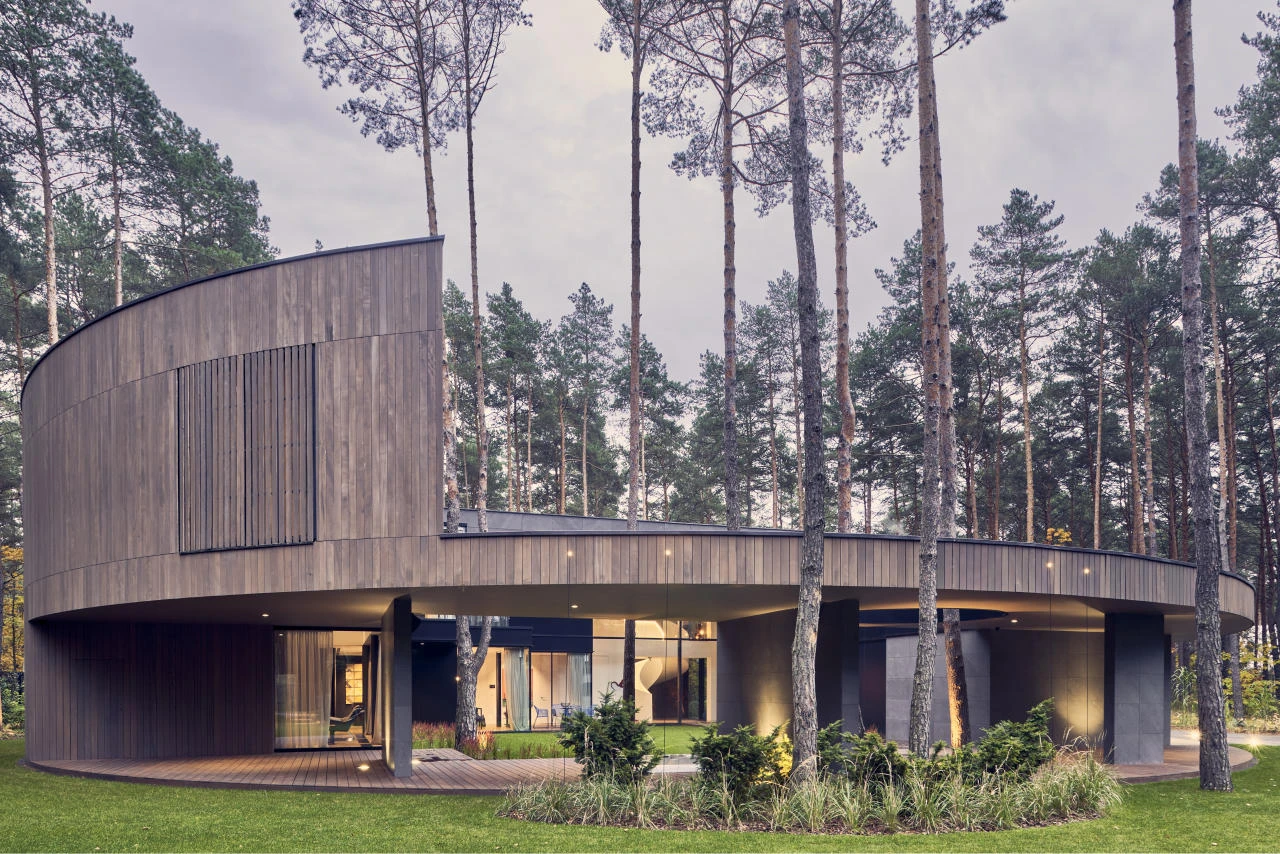
Circle Wood House, Izabelin, Poland. Used systems: MB-SR50N, MB-77HS. Architects: Przemek Olczyk
What solutions are utilized in plus-energy buildings?
Plus-energy buildings undertake a range of advanced technologies and solutions to achieve their goal of producing more energy than they consume. These buildings rely on renewable energy sources, provide efficient thermal insulation, optimize construction, and utilize advanced energy management systems. Plus-energy building designs account for local conditions and user needs.
Below are four popular solutions offered by Aluprof that effectively reduce energy use in these buildings:
- MB-104 PASSIVE – a system designed for aluminum windows and doors with the highest level of thermal insulation, meeting passive building standards. It holds certifications from the Passive House Institute PHI Darmstadt and offers excellent acoustic insulation as well as water and air tightness.
- MB-SR50N HI+ – an aesthetic and energy-efficient facade system with high thermal insulation designed for constructing lightweight curtain walls, roofs, skylights, and other spatial structures. It features a profiled insulator that provides excellent thermal insulation and simplifies facade installation.
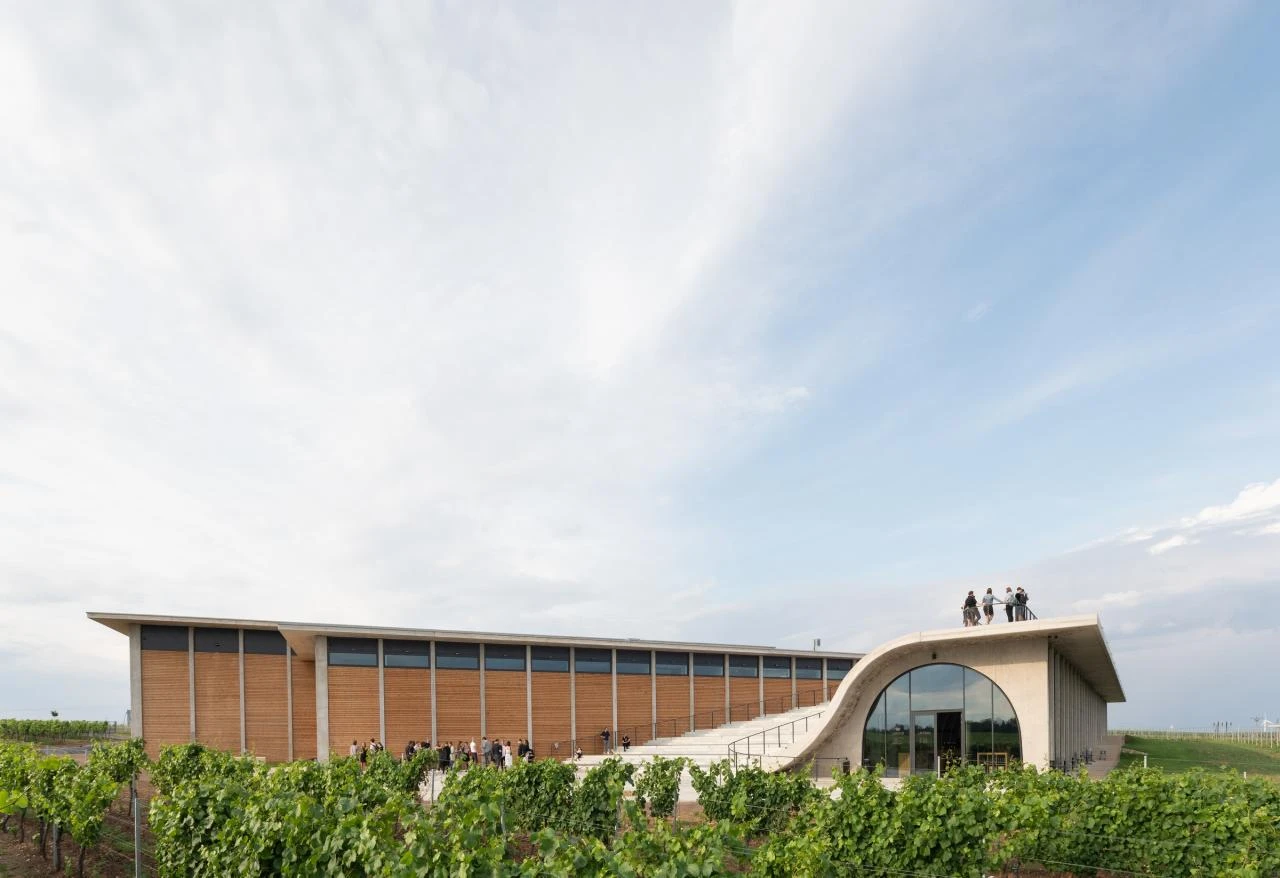
Vinařství Lahofer, Dobsice, Czech Republic. Used systems: MB-104 PASSIVE, MB-ST50N, MB-78EI
- MB-86N – a window and door system characterized by remarkable thermal and tightness insulation, resulting from the use of innovative insulation inserts. It stands out due to its robust profiles, enabling the construction of impressively sized structures. The product variations are tailored to meet energy-saving requirements.
- An innovative solution aligning with the goals of plus-energy construction is the photovoltaic skylight based on the MB-SR50N EI profile. The skylight glass utilizes quantum dot technology, which allows energy harvesting from sunlight.
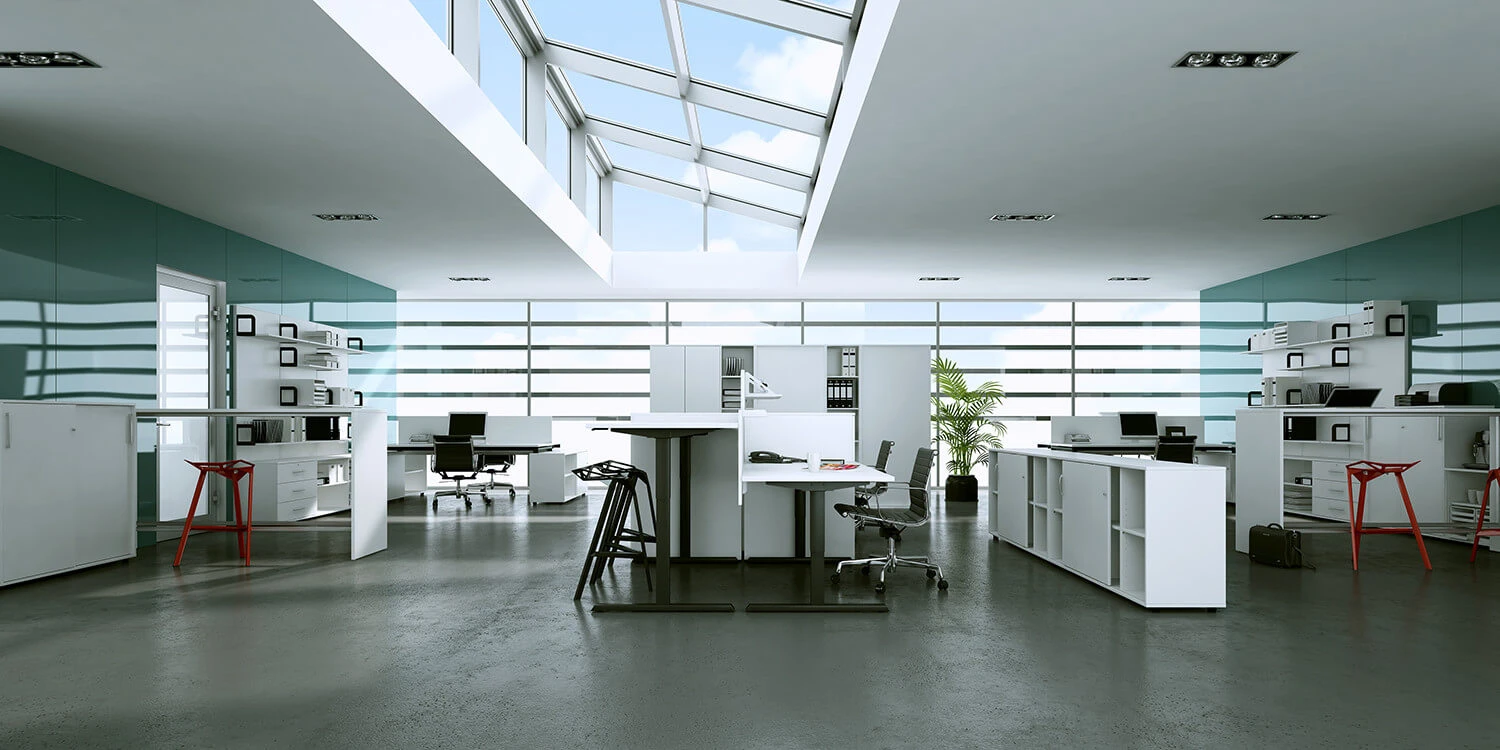
Photovoltaic skylight in the MB-SR50N EI system
Let’s build a better future
By reducing energy consumption and producing a surplus that can be fed back into the power grid, plus-energy buildings contribute significantly to reducing harmful CO2 emissions. These efforts are crucial to achieving the collective goal of all European Union countries: climate neutrality by 2050. This objective becomes increasingly plausible due to advancements in green building.
Modern, eco-friendly innovations in plus-energy construction also enhance residents' quality of life. By using environmentally friendly materials, efficient energy management, and promoting close contact with nature, plus-energy buildings create healthier and more sustainable living spaces.
